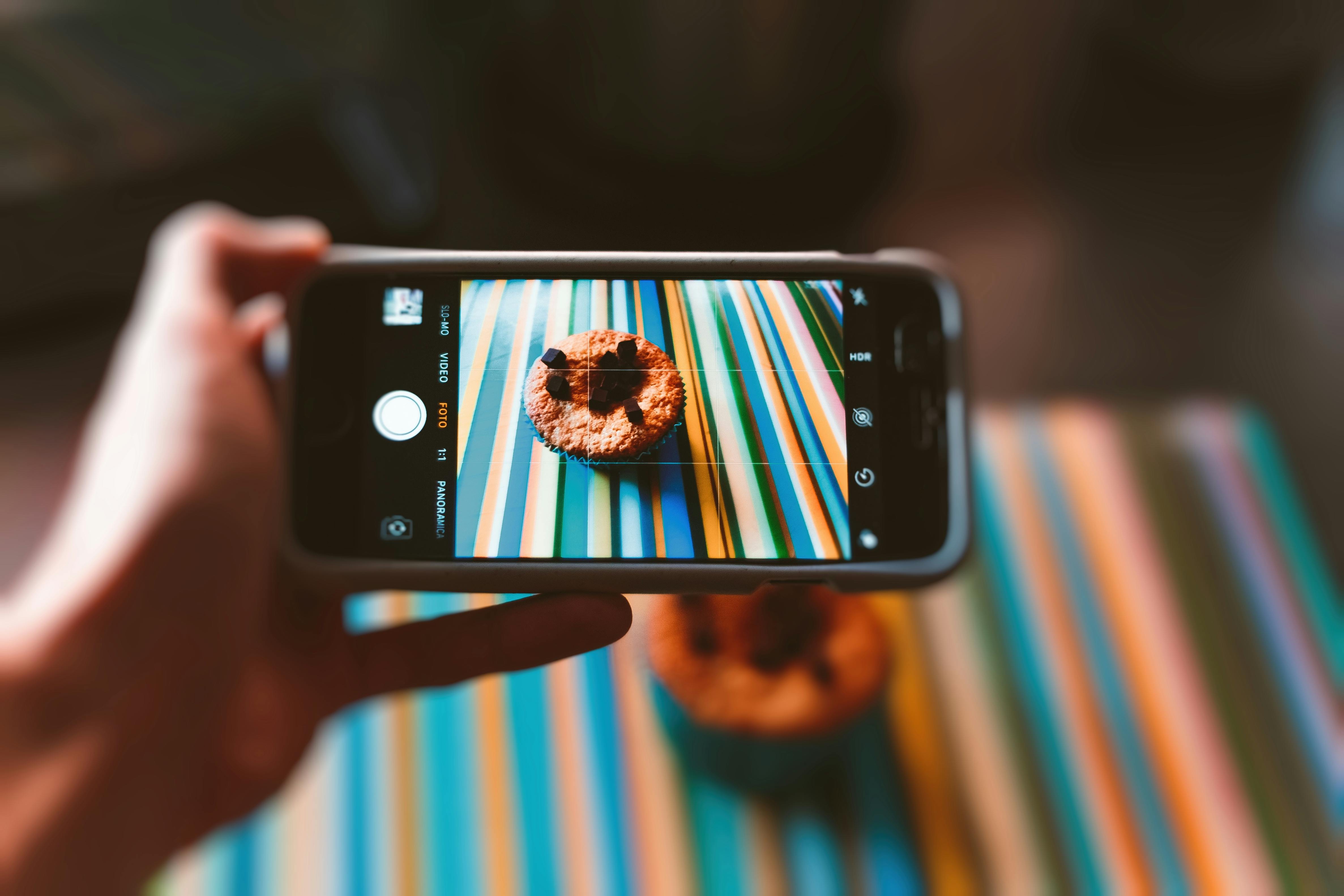Just a couple of years ago, one of Hollywood’s ruling actresses caused a stir, not only in the tabloids but also in the medical world, by announcing a double mastectomy, or removal of breast tissue.
Sending a message about how real the threat is to women, especially in these times.
Now, as readers, one may be quick to dismiss this prophylactic surgery as paranoia, but the statistics will make you sit back and read on.
Epidemiological studies have revealed that, with an incidence rate of 25%, it is the most common cancer in women and, at a significant 12%, the second most common cancer (skin cancer heads the table).
An at-home exam to check for sudden, suspicious lumps is often discussed and recommended. A quick anatomical trivia because it’s important that you know and understand your body, recognize anything unusual, report the same to your doctor, and make an informed decision.
Breast composition
So the breast is largely fat or adipose tissue forming the main bulk. Then come the structural and functional units, which are the 12-20 lobes, each of these lobes is made up of lobes, connected by milk ducts, which are channels for carrying milk to the nipple. Cancer develops in the ducts or lobules, so it is called ductal and lobular carcinoma, respectively.
Ever wonder why many exams also include checking under the armpits, in addition to the obvious proximity to the breast? Tiny bean-shaped immune system pit stops, called lymph nodes, are scattered throughout the body, connected by an independent circulatory system, called lymphatic vessels.
In the case of cancer, examining these lymph nodes will help the doctor determine the extent and spread of the cancer. In contrast, breast cancer also metastasizes to distant organs through these same channels.
What causes breast cancer?
Now what causes breast cancer? There is no single cause that can be incriminated for cancer.
Yes, there are risk factors, which we will talk about, but before that it is important that we debunk some myths about them.
Breast cancer is NOT caused by the following: – cell phones, caffeine, contact with someone who has it, microwave cooking, and deodorants.
The origin of the argument in favor of these “causal agents” perhaps lies in the fact that anything that causes DNA damage from radiation to chemicals causes cancer.
However, it is very important to keep in mind that we are exposed to radiation and chemical agents all the time, and it is our body’s ability to repair the damage that is the final determinant.
Risk factors: A risk factor is something that can increase the chance of getting a disease. Having a risk factor does not mean that a woman will get breast cancer. Many women who have risk factors never develop breast cancer.
1) Lifestyle: There are no prizes for guessing the obvious, tobacco and alcohol use increase the risk of developing breast cancer. High-fat diets and obesity are the other no-brainers on the list.
Hormone replacement therapy in postmenopausal women and hormonal birth control in premenopausal women have been attributed as risk factors, suggesting that breast cancer could also be of hormonal aetiology.
2) Genetics: the part that you cannot modify. A family history of breast cancer or any glandular cancer doesn’t have to make you a hypochondriac, but it does make you a little more punctual with your annual checkup.
3) Medical: Certain abnormalities in the lobules or in the ducts, which usually give rise to benign tumors.
Although, now with advanced medical facilities, the prognosis of breast cancer has improved light years, but an early detection, however, saves a lot of stress, trauma and reduces morbidity.
Look for any lump or mass, classically painless, with hard, irregular edges, but can be tender, soft, and well-defined edges. As explained above, any nodular enlargement in the armpit or below the collarbone should not be ignored.
The other symptoms to look out for are, skin irritation or dimpling, Nipple Everson, chronic breast/nipple pain, breast swelling even without any apparent lump, nipple discharge, and red scaly nipple or breast skin.
. Mammogram: “Mammogram Before You Instagram.” The guidelines for mammography are:
-
Women from 40 to 44 years optional
-
Women ages 45 to 54 Annual mammograms.
-
Women age 55 and older, screen annually or once every 2 years.
-
Screening should continue as long as the woman is in good health and is expected to live 10 years or more.
It is recommended that if someone is predisposed, meaning elevated risk factors such as genetics and hormone replacement therapy, they should also have MRI exams.
Don’t count your days, make your days count, is what is said about cancer. Early detection is your knowledge.



